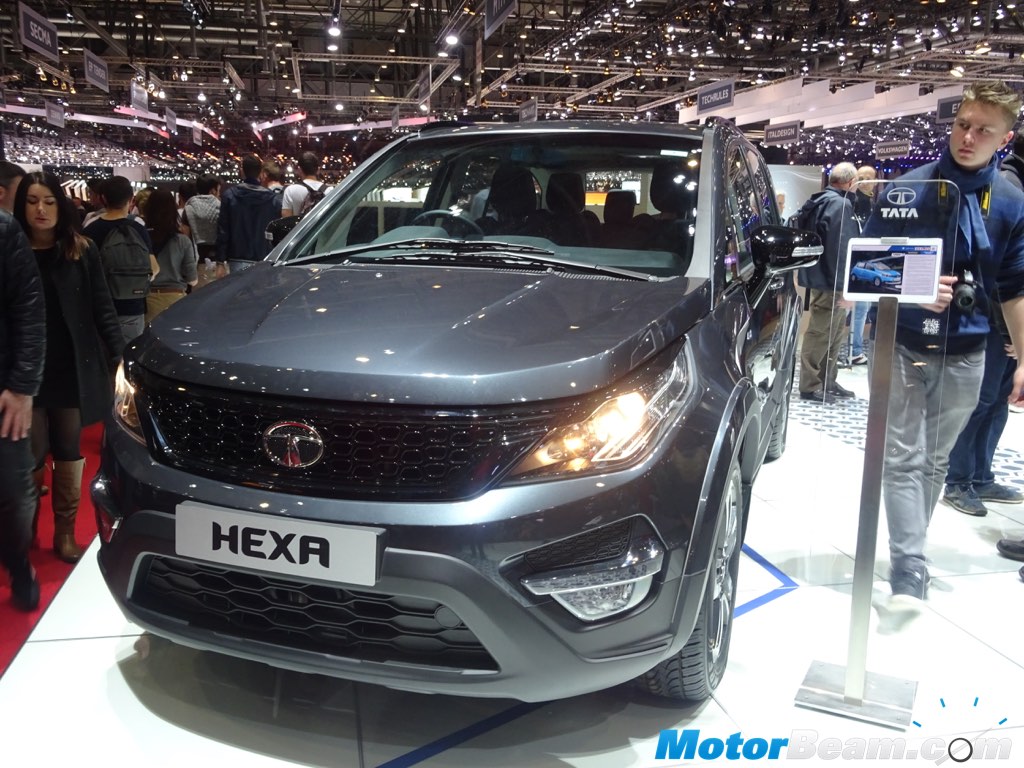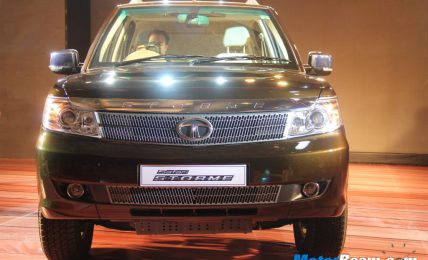A reminder that not all internet users are buyers!
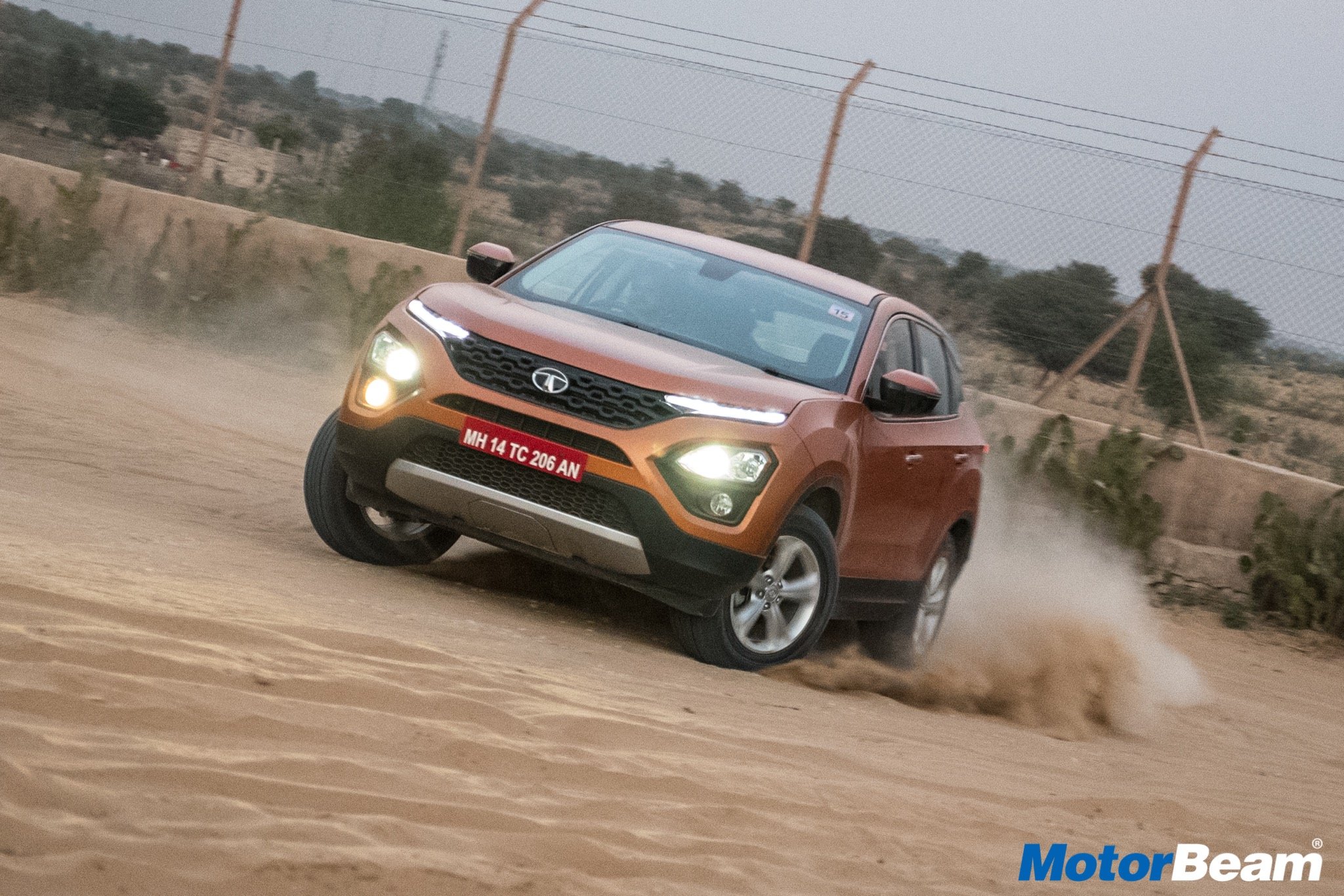
This article was initially intended to discuss the tiny reasons due to why Tata was not faring well as they expected in the industry. However, since the initial draft of this article, Tata had brought in a myriad of changes through launches that had nearly addressed every point that was listed here. So, have a read through this article to see how much Tata has changed/updated their portfolio for the upcoming year.
Design Language
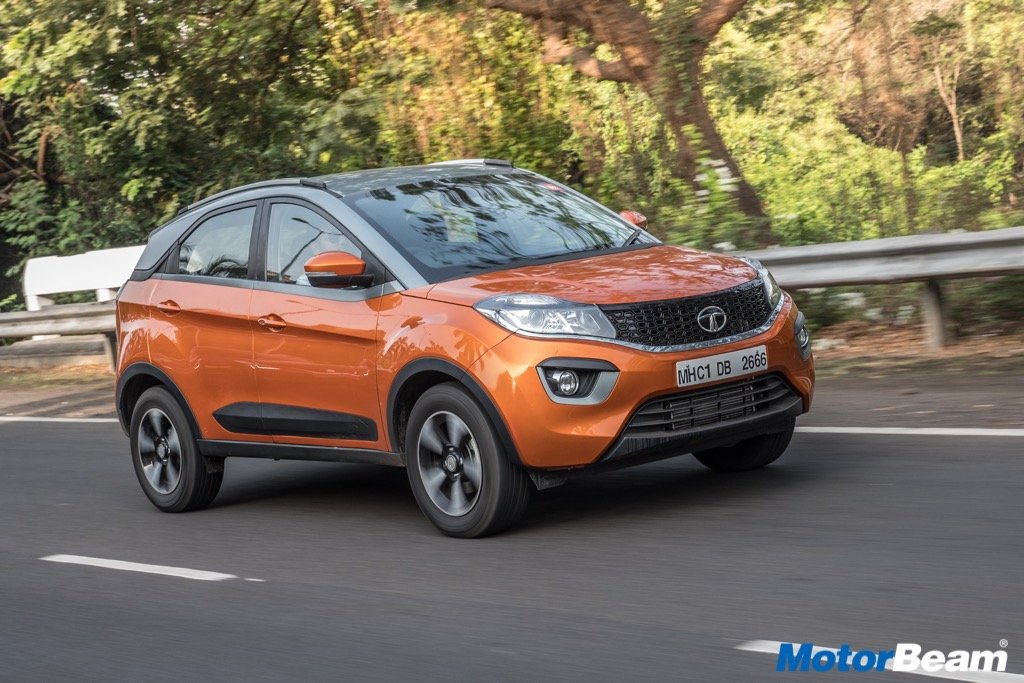
While the internet was quite happy with every model launched with the new design language Tata debuted back in 2016, I don’t think it did very well with the consumers. As for as I have seen, and asked, non-car people, found the current-gen Nexon’s design to be boyish. While I personally saw the front end design as the unique factor that differentiated it, I can also see how that design choice could have thrown off some. Other cars in the sub-4-meter segment are either conservative or contemporary, and most of them sell better.
Take a look at the BS4 Tiago. It is arguably the most normal-looking car Tata has in their lineup, but it sells the best. The Tigor meanwhile suffered quite a bit and was overshadowed by the immense success by the mature looking Dzire. Now, I am aware that this is not really representative of my point, and cars don’t get rejected solely on their design, but, there is some merit to my claim, which is backed up by Tata itself. Take a look at their IMPACT 2.0 designs.
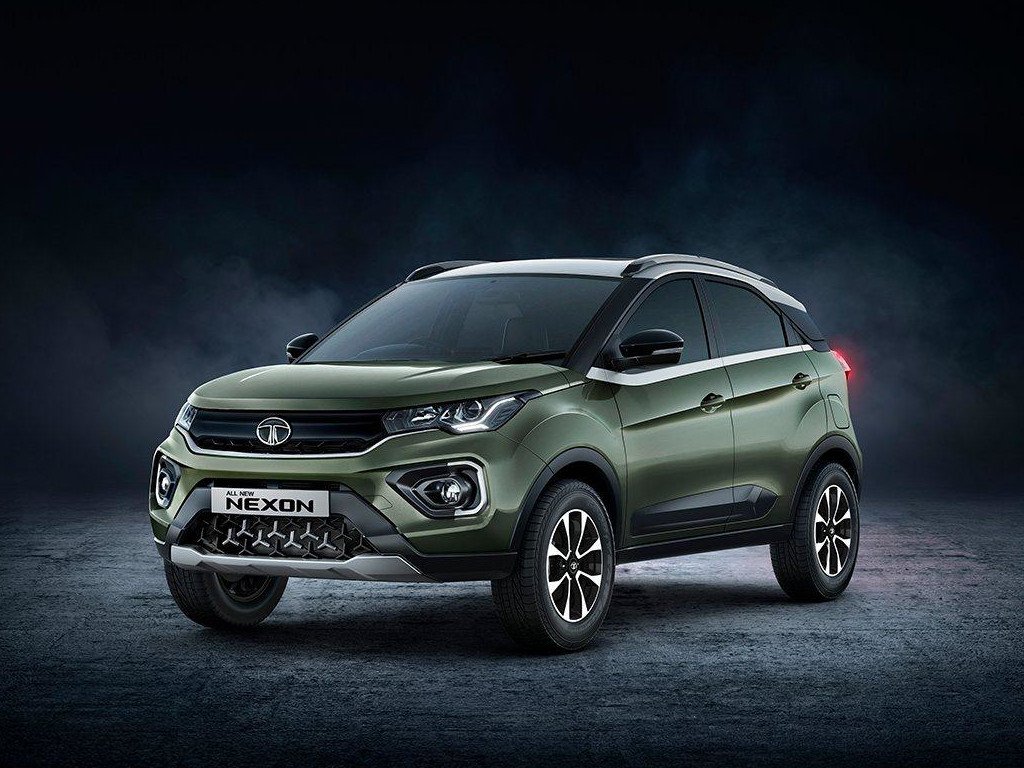
All the 3 models Tata recently unveiled for BS6 have one thing in common, more sleek looking designs. The Tiago and Tigor borrow the front end design from the Altroz, and all have slimmer headlamps than their predecessor. The latter point is especially true with the new Nexon. The car certainly looks more mature than before, and I suspect it will sell better than the current-gen Nexon.
Tata has some very solid internals and platforms with their cars. They just need to dress their products up in the right way for Indian consumers and give it the right feature set. The IMPACT 2.0 philosophy is a step in the right direction and would hopefully garner sales momentum for the company.
Technology
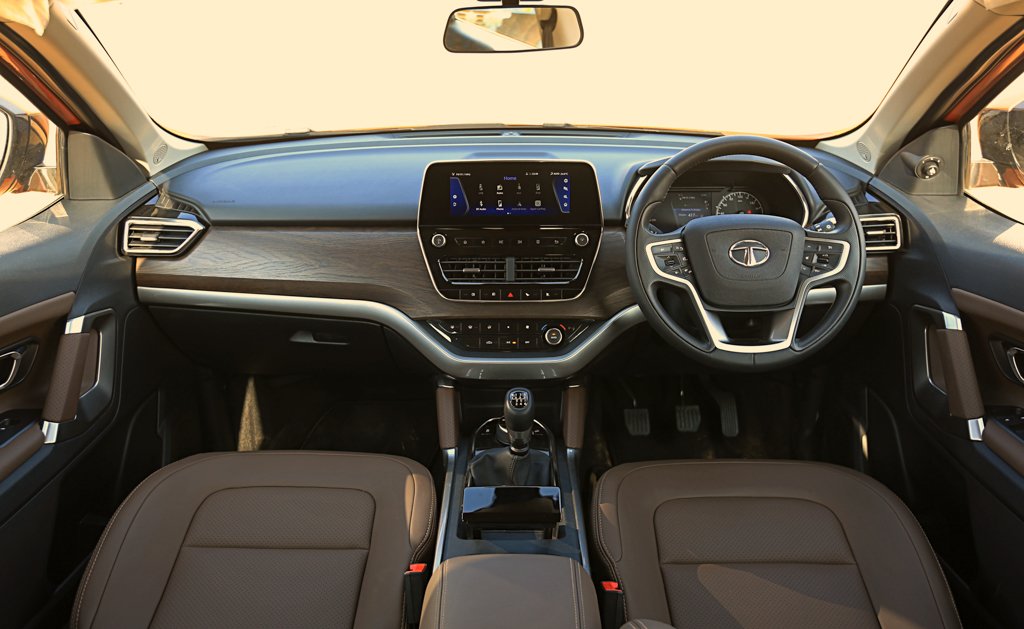
The influence of technology inside cars is on a massive upsurge nowadays. While Tata makes a good infotainment system, it’s not up there with the best in the class and being the best in this regard is becoming more and more significant. Take Kia for example or even MG. Both are newcomers to the Indian market, and both their products don’t have the best fit and finish, nor plastic quality in the segment. However, what they have in common is a mega infotainment screen. Kia also has a Bose branded stereo system. The MG Hector sells better than the Harrier, and Kia is enjoying quite a bit of success with the Seltos, keeping the price point in mind. It is becoming clear that the tech inside cars is starting to play a bigger role in a purchase decision.
While it’s not a deal-breaker, yet, in a competitive market such as ours, it certainly can tip the scales in the other direction. While it may seem silly to even give this a subheading and to talk about it. Flashy screens go a long way in striking the first impression with consumers and get them interested in the rest of the car, which Tata makes quite well. To their credit, the half-digital instrument cluster was a great innovation at the price point of the Altroz. Tata needs bigger and smoother infotainment displays on their cars.
I mean, they just need to ask JLR, who seemed to have understood that and is sticking screens wherever possible in their interiors. The interior of a JLR is becoming a TV showcase at this point.
Recently, Tata launched the Zconnect app and connected car features with the Nexon EV. Tata has also introduced the 7-inch instrument cluster with the next-gen Nexon. While the infotainment display size has not gone up, it has gotten smoother than it was, but making the display size bigger is the final piece of the puzzle.
Petrol Power!
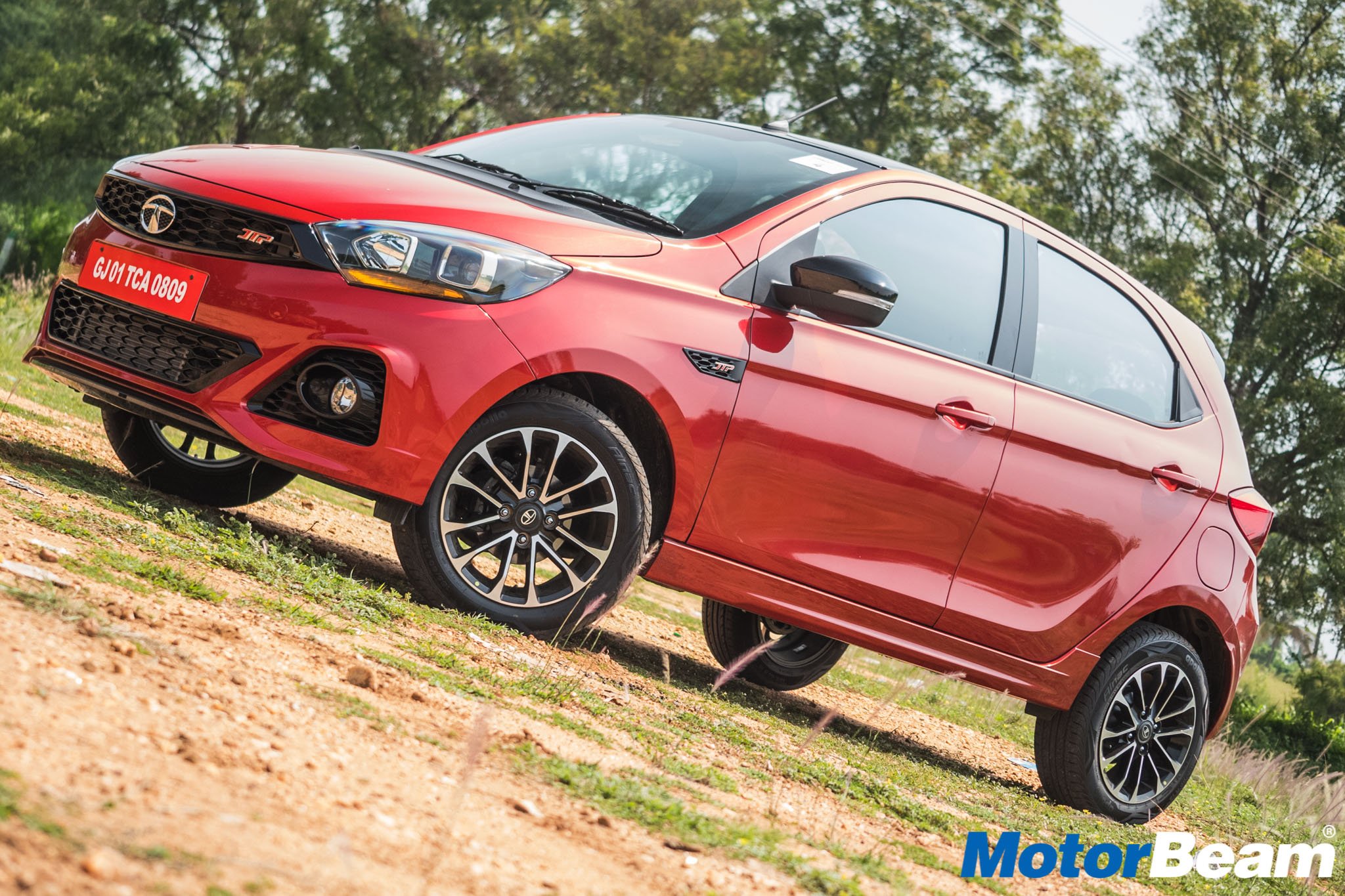
Tata makes good diesel engines, there is no doubt about that, but the petrol department could do with a bit more power and responsiveness. The Petrol version of the Tata Nexon has a lot of turbo lag. The 3-cylinder engines that Tata is using are in dire need of more power and refinement. While competition is making petrol cars that are nearly silent on idle, Tata’s petrol power comes with lesser refinement and quite a bit of rattling. While this has gotten better with the Altroz, it still needs more work and attention.
There is really not much more to say about this situation. With BS6 coming in, buying a diesel makes less and less sense. So, being strong in this regard is becoming less significant. Tata needs a better petrol motor in view of the rise in sales of petrol-powered vehicles. Tata’s engineering prowess has been showcased with the 2-cylinder powerplant in the Nano, so lack of resources is certainly not a problem. Sorting out the turbo-lag, and refinement would pay great dividends. As it stands, if, for some reason, diesel makes absolutely no sense to buy sooner than expected, Tata does not have a proper engine to fit in higher-level cars like the Harrier.
With the facelifted Tigor and Tiago, Tata has completely done away with the diesel powerplants. So they hopefully have made the 3-cylinders a smoother experience to drive.
Departed: The Automatic Bandwagon
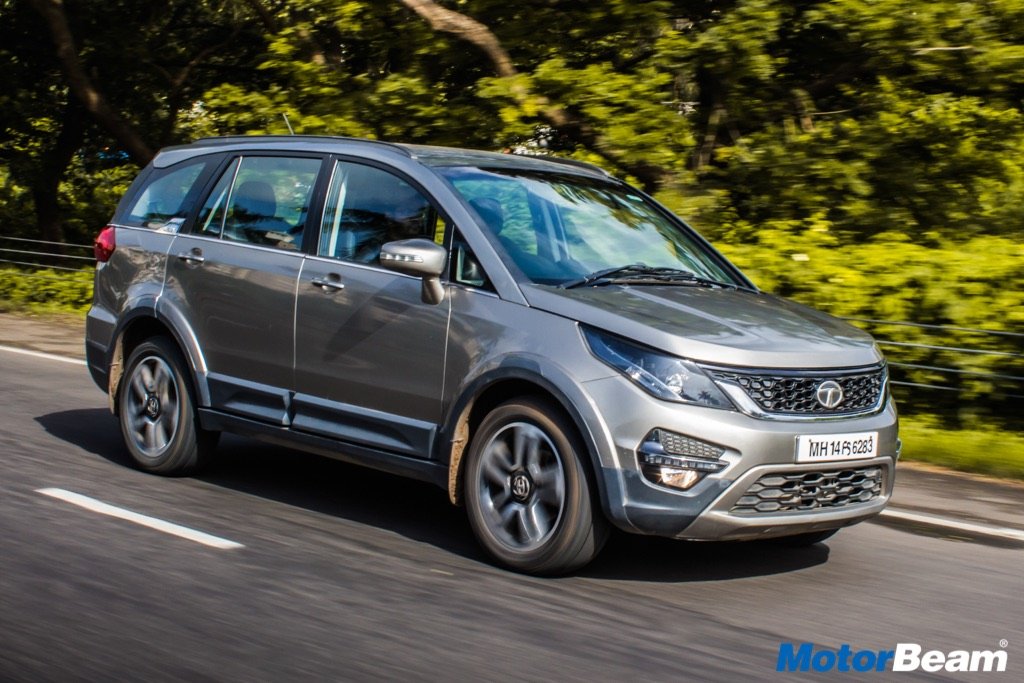
When automatics were on the rise, Tata was a bit reluctant to join the party. When they did, they were a bit late. The Nexon got its AMT transmission only last year, but the competition had it much before. The automatic version of the Tata Hexa was widely regarded as the best option to go for, yet the Harrier does not have one. It may come in the future, but Tata would have lost sales in the meantime.
Maruti has sold more than 6 lakh automatic cars, and those automatics have contributed to 11.6% of the sales in FY19 for them. So, Tata could maybe launch the automatic along with the launch of the car itself, it would certainly help with the sales since most of the cars they sell are for city use.
Finally, Tata needs to improve their aftersales service to reach the volume Hyundai and Maruti are achieving. While their reach is much improved in metropolitan cities, it is a bit lacking in rural areas in comparison with Hyundai and Maruti. Again, there really is not much to say about this. With time, I am certain that Tata will widen their sales reach and service experience too.
Tata is questionably delaying the AMT again with the Altroz, but they are saying it will come by the festive season, so some hope there. The Harrier has gotten the promised AT option at the 2020 Auto Expo. The sales and service part is one of the last big things Tata needs to improve on.
What Happened To The Harrier?
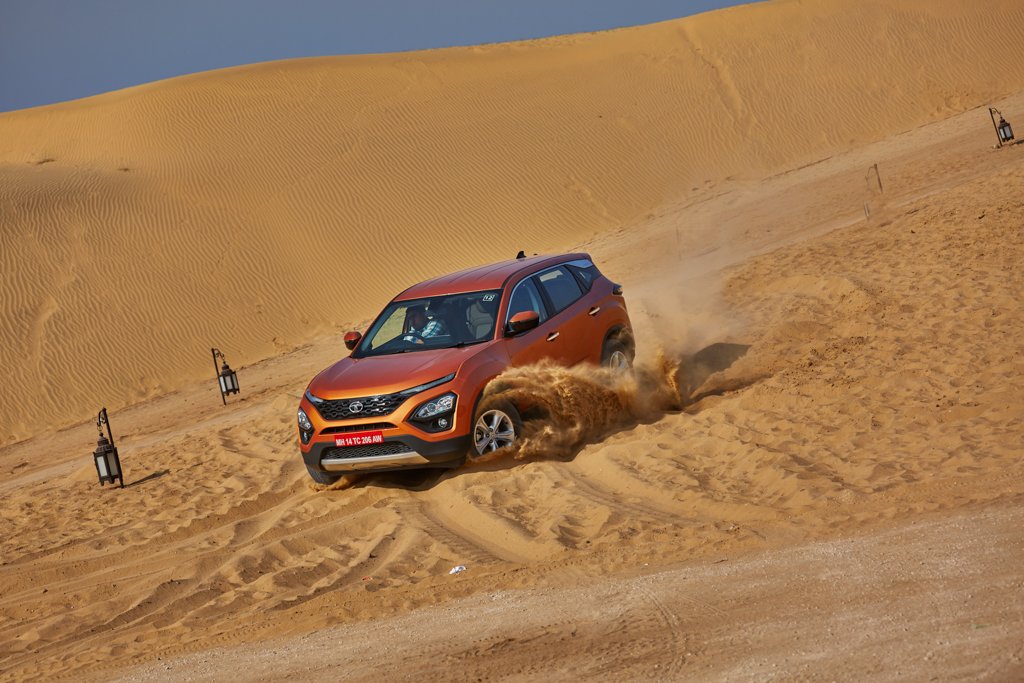
The Harrier was one of the most hyped cars of 2018. The excitement was real during the launch and the first few months, but then, suddenly, the sales slowed down quite a bit. This was especially true after the arrival of the MG Hector. Just take a look at this, the month before the launch of the Hector, Tata sold 1216 units of their product. On the month of the launch of the MG Hector, the Harrier sold only 740 units, while the MG sold 1508 units. That was a 40% slouch in sales.
It looks to me as if Tata spent much of their R&D in porting the Land Rover Discovery platform, that they didn’t have monetary room for ‘gimmicks’. There were some questionable decisions, which included the Nexon steering wheel, (something you touch every time you use the car), not including a sunroof, but making it a Rs. 1 lakh option. Exterior wise, the car is in dire need of better looking, and bigger alloy wheels.
It may hamper ride quality, but that can be optimized to some extent. Whenever I see one on the road, it looks like the car is a mid-spec variant from the outside, and there is another top-end variant available. This feeling became especially true after MG Hector, which came with a myriad of tech toys, and a panoramic glass roof. While the Harrier drove better and felt like a true SUV, it, unfortunately, did not matter to customers, apparently.
However, the good part is that Tata has a very solid infrastructure. What they seem to lack is simple touches here and there. The new steering wheel from the Altroz will make its way into the Harrier and Gravitas and with the new Nexon coming with an electric sunroof included, Tata seems to be doing the right moves.
It is now that Tata has unveiled the 2020 Harrier Automatic. Tata has listened to the consumers and has rectified all of the grievances that the original version possessed. More importantly, the car now comes in a 170 HP state of tune, which would certainly enhance the driving experience. Cosmetic changes like a panoramic sunroof, better-looking alloys, and a smaller door mirror have been introduced. We will have to see how the consumers respond to the updated version.
What Other Manufacturers Can Learn From Tata
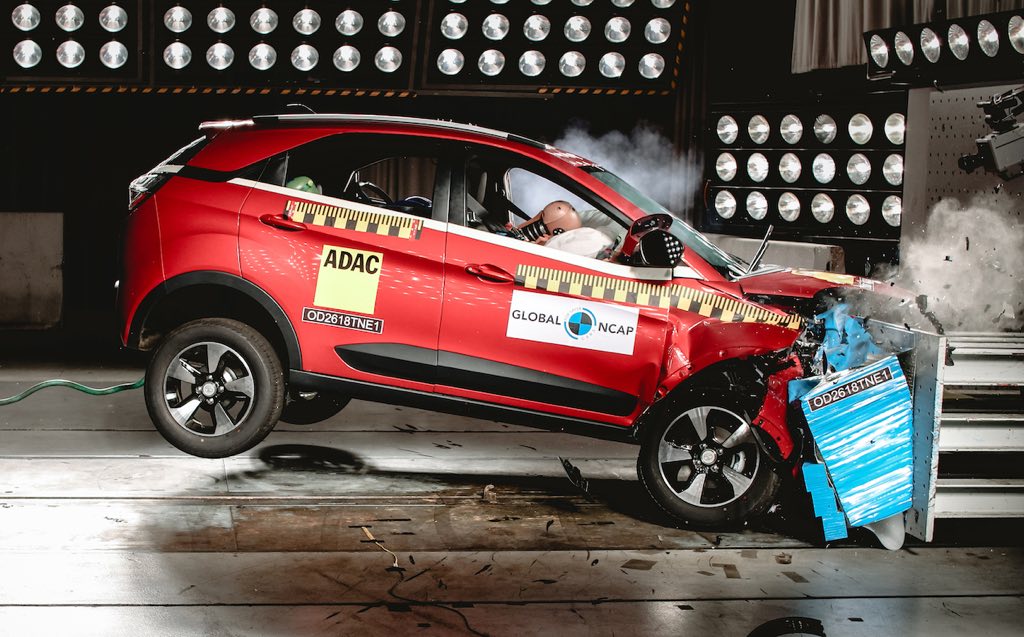
I want to conclude by talking about the things that Tata does right. While some other manufacturers are more focused on making their latest product all about that first impression, Tata nowadays makes solidly built cars that can take a beating or two. The niggles Tata have to solve are quite small and cosmetic. I am liking what the company has been doing with their products. The pragmatic touches here and there that make a true difference in daily use (their glovebox designs, and 90-degree door opening angle are all good examples of this).
I do believe it would be good for all of us if a top-selling car was also the safest. Tata is doing the safety part correctly. As an enthusiast, I wish to see more companies putting their brightest talent in making their cars safer, and better to use on a daily basis. Tata has proved their engineering mettle once again with earning a 5-star NCAP rating with the Altroz and a 4-star rating for the Tigor and Tiago, and that is something I would like other manufacturers attaining as well.
One mention, which I don’t see many articles talking about is the marketing for the Altroz. Tata has done a great job marketing this car. It’s good to see Tata sending their car to the NCAP crash test before it launched, and bagging another 5-star rating. This should happen more often and is reassuring for the consumer. All of the ads for the Altroz reinstates the car’s safety, and Tata has made it clear that this is “The Safest Car In India”.
On top of that, Tata launched the Nexon EV at an introductory price of Rs. 13.99 lakhs. The pricing is on point for what the car offers, and the top-end version, costing Rs. 15.99 lakhs is not too bad of a deal either. Its good to see the launch price of electric cars slowly come down with first the Kona EV, then the MG ZS EV, and now the Nexon. The Nexon EV makes financial sense now, and would certainly accelerate adoption. The Harrier 2020 update proves that Tata is closely listening to feedback and is willing to change and adapt as per consumer demands. With so many updates in such little time, Tata is gunning hard for top honours. Time will tell if they are victorious or not.


